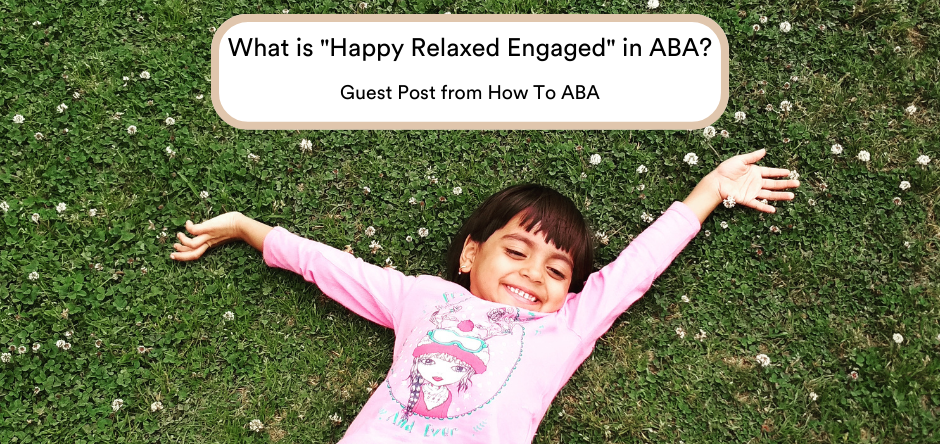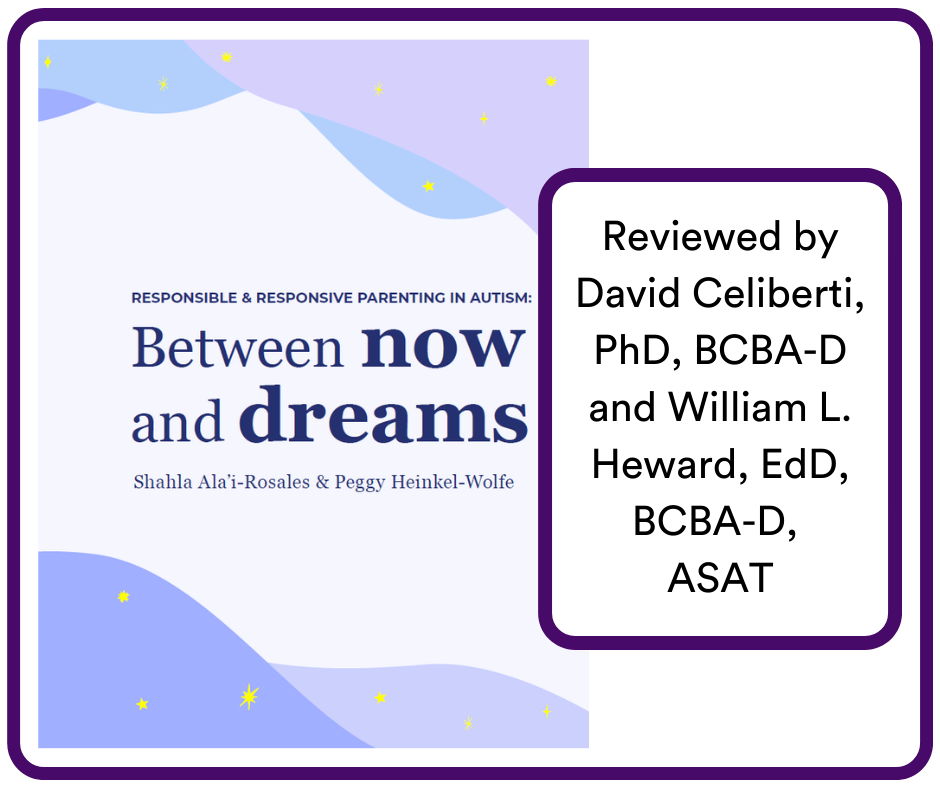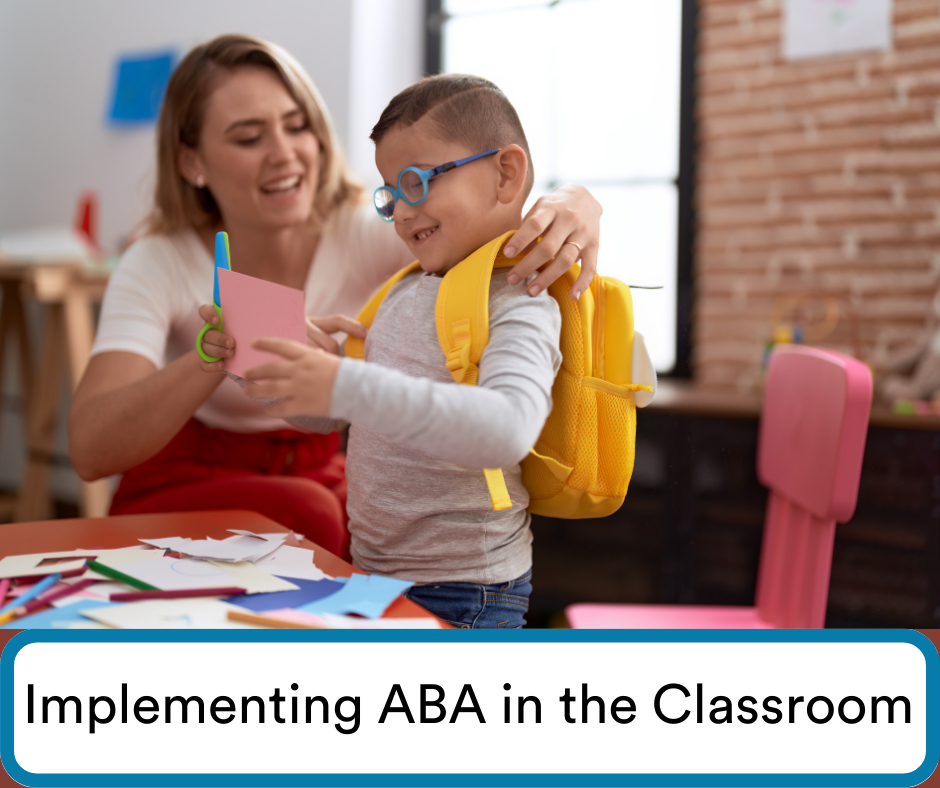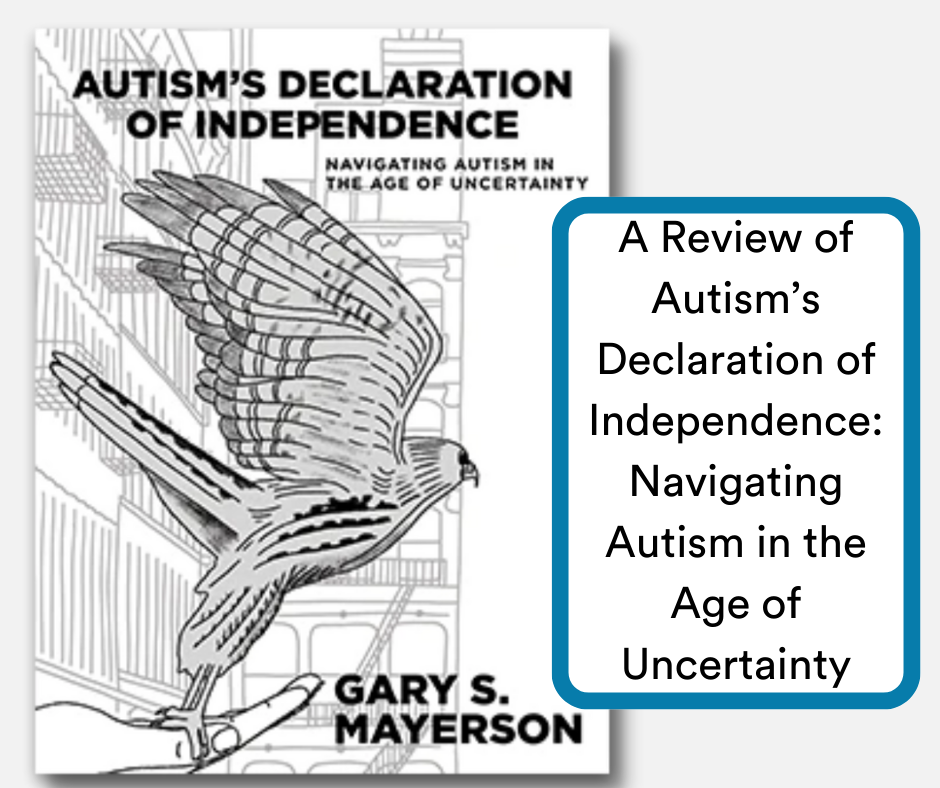
This month’s ASAT feature comes to us from Simon Celiberti-Byam and Julia Weiss, High School Externs with the Association for Science in Autism Treatment. To learn more about ASAT, please visit their website at www.asatonline.org. You can also sign up for ASAT’s free newsletter, Science in Autism Treatment, and like them on Facebook!
Increasingly, individuals with autism are included in regular educational settings. This is a huge improvement, as many were formerly taught in segregated settings and had reduced access to social, recreational, and educational activities. Still, these students may have visible and invisible challenges that make their school experience difficult or unpleasant. As peers in these settings, fellow students can do much to improve their experience and to lessen their challenges. As allies, peers can take the time to get to know autistic students, and to understand how to best connect with and support them. It is not just a positive experience for your autistic classmates; getting to know someone with autism expands our understanding of difference, exposes us to their unique qualities, and enriches our lives with friendship.
It is our hope that these reflections and suggestions can raise awareness of autism, increase acceptance of autistic individuals, and make our environments more inclusive and comfortable for all. We want to share some quick advice based on some things we have learned from this writing project about autism awareness and acceptance and from our own experiences getting to know some autistic classmates. There are probably more things, but we are still learning too!
Promoting Awareness
- One thing that our parents have taught us over the years is that, “If you know one kid with autism, you really only know one kid with autism.” Even if you know a kid with autism, it does not mean you understand all kids with autism. Kids with autism vary a lot in their abilities, challenges, likes, and dislikes. Don’t ever forget that!
- You will see kids with autism in classes throughout the school. Some may be in regular education, some in special education, and some may be in both. Keep in mind that some kids with autism may be in your classes, some may be in school with you but primarily are in special education classes. Still other kids with autism may require a lot more help and attend special schools altogether. There may also be classmates who are autistic, and you and the rest of your class may not know. This is why they say autism falls along a spectrum.
- Many kids with autism may express themselves or act in different ways than what you might be used to – and that is ok. You can still adapt and learn strategies to interact with them better. For example, you can avoid things that may upset them, learn more about what they like to talk about, or you can learn to not take things personally if they don’t respond to you when you strike up a conversation.
- Some people think it is better to say “kid with autism” than “autistic kid” because when you say it the second way it suggests that being autistic is the most important thing about them because you say it first. Many people with autism prefer to be called autistic and we should respect that preference. The good news is that you can just call your classmate by their first names and leave the differing views to other people to sort out.
- It is OK to respectfully ask questions about autism. There is a difference between being nosey and really wanting to understand more, and learn how to be a better friend to a kid with autism.
- If you want to learn more about autism or develop a deeper understanding, encourage administrators or teachers to invite a special presenter/speaker who can speak about autism. This could be a person with autism, a family member with autism, or someone working in the field.
- Consider holding a fundraiser for an autism organization. Some students in years past have hosted a fundraiser for ASAT. What follows are two examples showcasing a class effort (Calvary Christian School) and an individual’s effort (See page 42 for a story about Vaugh, age 13).
Promoting Acceptance
- Be a role model. For kids with autism, you can model what the right thing to do is – from shooting a basket to using better words when expressing yourself, and everything in between.
- For the rest of your classmates, don’t forget that you can be a role model of acceptance, patience, and kindness too!
- There are many things that kids can do to help classmates with autism feel welcomed in school (like sitting with them during lunch, helping them if they get stuck, or picking them to be on your team in PE). Do those things! Do them often!
- Find ways to include autistic classmates in extracurricular activities or outside experiences that match their areas of strength and interest (e.g., a school sport, robotics, or the performing arts). Perhaps they would be more willing to check it out if they had a buddy to help them feel welcomed.
- Be patient because it may take kids with autism a little longer to respond.
- Taking the time to get to know them is worth it and you will see their gifts and strengths. You may learn that you have a lot of things in common.
- Also appreciate the unique qualities of your autistic classmates. They are likely much better than you are at a bunch of things; it is good to notice and appreciate that.
- We have learned that kids with autism may be more likely to be teased, harassed, and bullied. If you see something, speak up or say something to a teacher or another adult. We know this can be hard but, in the end, you may be helping the bully learn from his or her mistakes.
- There are a couple of initiatives that are occurring nationally that show how to include kids with autism in a fun and meaningful way. Here are a few examples: Best Buddies International,Unified Sports and Lunch Bunch.
- Best Buddies International is a nonprofit organization committed to creating a global volunteer team that aims to create opportunities for one-on-one friendships, employment, leadership, and inclusive living for those with intellectual and developmental disabilities. Many schools have created opportunities in schools for classmates to come together. This may involve matching up classmates who can then participate in activities inside and/or outside of school.
- It’s too often that young people with disabilities do not get a chance to play on their school sports teams. More and more U.S. states are adopting the Unified Sports approach that the Special Olympics pioneered. Special Olympics Unified Champion Schools® programming is in more than 8,300 schools across the United States at the time of this article, with a goal of existing in 10,000 schools by 2024.
- A Lunch Bunch is program where a group of kids come together regularly with one or more classmates with special needs, often over lunch. Simply Special Ed offers some tips on how to start a Lunch Bunch on their website.
- If none of these programs exist in your school, perhaps you can be the one to help make it happen! In the meantime, talk to your principal or guidance counselor about how you may be able to help a classmate through reverse mainstreaming. Simply, reverse mainstreaming is a concept where kids can visit the classrooms of kids with special needs and join in on activities (such as playing a game or practicing social skills). There may be a few ways you use these experiences toward your service learning. If not, it would still be a great thing to do!
- One final note about promoting acceptance is to simply accept your classmates with autism. It sounds simple, but you do not need to always think of ways to help them to be different, or better, or fit in. Simply accepting them for who they are as you want others to accept you for who you are with all of your skills, deficits, strengths, weaknesses, quirks, interests, etc. is important for all individuals we come into contact with – regardless of whether they have autism or not!
Mahatma Gandhi is quoted as saying, “Be the change you want to see in the world.” We end with this quote to encourage young people to help their schools become a more inclusive and kind setting for students with autism and other special needs. Every small step you take, can go a long way in changing the climate of your school and making school a better experience for classmates with autism.
Citation for this article
Celiberti-Byam, S., & Weiss, J. (2023). Promoting autism acceptance and awareness in school settings. Science in Autism Treatment, 20(4).
About the Authors
Simon Celiberti-Byam and Julia Weiss are High School Externs with the Association for Science in Autism Treatment









